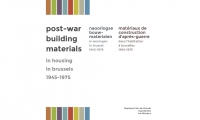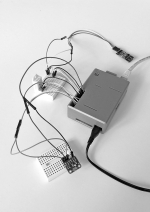The reduction of energy consumption and the elimination of energy wastage are high on the European agenda. In 2006 the EU intended to cut its annual consumption of primary energy by 20% by 2020. To achieve this consumption drop, minimal energy efficiency standards have been introduced into the building sector.
We know that user behaviour influences the energy demand of a building, but the impact ratio isn’t clear yet. Due to the lack of information, user behaviour is often included in building performance simulations through only one standard user profile. This approach has proved to be insufficient to accurately calculate energy consumption. The mapping and better understanding of user behaviour is therefore a key element in the quest for an improved overall energy efficiency.
As we are concerned about the impact on the built environment this research will investigate to what extend developing technologies can be applied and adapted to give feedback to inhabitants to increase the indoor air quality while decreasing the energy consumption.




